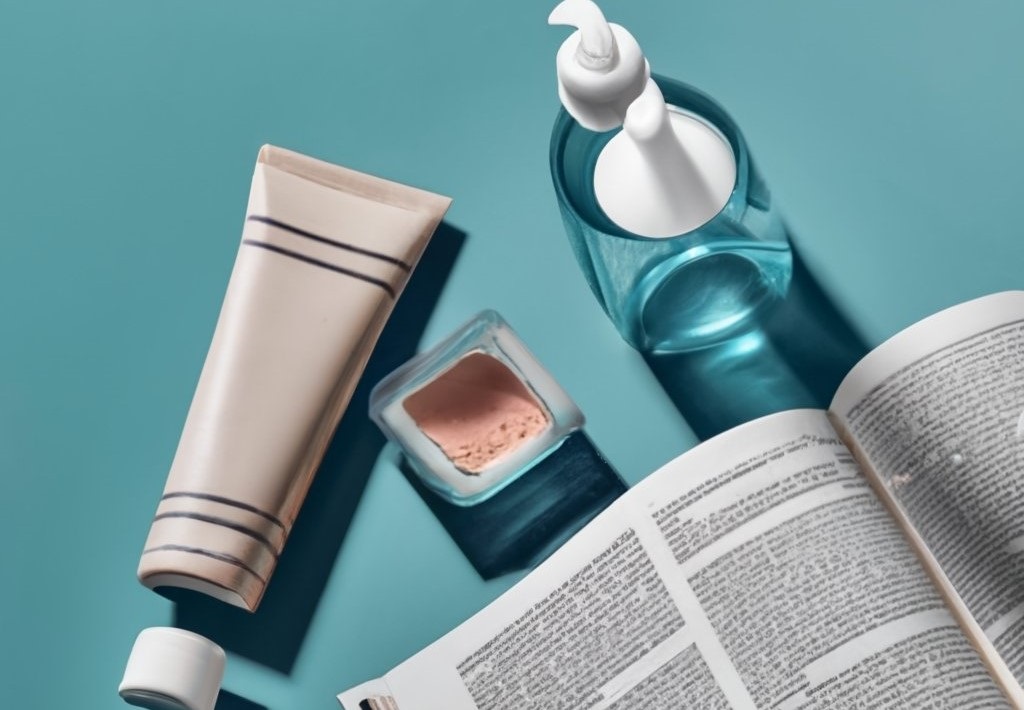EU regulatory news
ECHA’s Draft CoRAP 2024-2026 Includes 28 Substances for Evaluation, Focusing on Consumer Safety
The European Chemicals Agency (ECHA) has revealed its draft for the Community Rolling Action Plan (CoRAP) for 2024-2026, listing 28 substances for evaluation. This plan includes 11 new substances and assesses cosmetic ingredients for potential health risks.
Critical evaluations for 2024 include Tetrasodium Glutamate Diacetate and 2-Ethylhexylal, with France, Ireland, and Portugal leading these assessments. The plan extends to 2025 and 2026, featuring substances like Benzaldehyde, Diethyl Ether, Carbon Black, and Coco-Betaine, mainly evaluated by France and The Netherlands.
This initiative underscores ECHA’s dedication to consumer safety in the cosmetics sector, aiming to ensure responsible product usage and compliance.
Proposed Classification Changes for UV Absorber Drometrizole
Germany has proposed reclassifying Drometrizole, a UV Absorber used in cosmetics, citing potential allergic skin reactions (Skin Sens. 1, H317) and significant aquatic toxicity (Aquatic Chronic 1, H410). This regulatory update from ECHA, dated December 13, 2023, suggests increased scrutiny of Drometrizole’s safety and environmental impact.
European Commission Proposes ‘One Substance, One Assessment’ Initiative for Chemical Safety
The European Commission introduced the ‘One Substance, One Assessment’ initiative on December 7, 2023, aiming to streamline chemical assessments in the EU. Key features include:
- Consolidating agency work.
- Creating a common data platform.
- Collecting human biomonitoring data.
- Ensuring transparency in scientific studies.
The initiative also focuses on cosmetics under Cosmetics Regulation 1223/2009. An eight-week consultation period is underway, focusing on these chemical safety reforms.
Formaldehyde Detected in EU Cosmetic Products
A European Directorate for the Quality of Medicines & HealthCare (EDQM) study found formaldehyde in 29.3% of about 1000 cosmetic products tested across nine countries. Despite EU regulations prohibiting its use, formaldehyde and its releasers were present in numerous products. The study highlights labeling inconsistencies, especially in products with formaldehyde levels above ten ppm without listed releasers, raising concerns about consumer safety and information.
New EU Agreement Enhances Hazardous Chemicals Regulations
The European Commission’s December 5, 2023, agreement introduces updated classification and labeling rules for hazardous chemicals, including enhanced online consumer protections and more apparent labeling requirements. Cosmetics Europe and IFRA have welcomed these changes, particularly for natural cosmetic ingredients. The new rules are awaiting formal adoption and publication.
Regulatory Update on Trifluoroacetic Acid in EU
Germany is proposing new classifications for Trifluoroacetic Acid (CAS No.: 76-05-1), a pH adjuster in cosmetics. Current EU regulations list it with hazards like severe skin burns and aquatic toxicity. The new proposal includes classifications for toxic inhalation and reproductive toxicity. This update reflects ongoing efforts to harmonize chemical classifications in the EU.
New Classification Proposals for Key Cosmetic Ingredients
Recent proposals by EU member states suggest updated hazard classifications for Tea Tree Oil, HEMA, and HPMA. These include flammability risks, skin and eye irritation, respiratory sensitization, and environmental impact. The Risk Assessment Committee broadly supports these proposals, which could influence the usage of these substances in cosmetics.
Spotlight on Methylparaben in Cosmetics
Methylparaben (CAS No.: 99-76-3, EC No.: 202-785-7) is a critical preservative in cosmetic products, known for its antimicrobial properties. While specific regulatory updates from the European Health Commission were not accessible, it’s important to note that methylparaben usage is strictly regulated under EU guidelines to ensure safety in cosmetics. The industry continues to monitor research and regulatory advice on methylparaben to align with consumer safety and preferences. For the latest information on its regulatory status, stakeholders should consult official sources.
SCCS Releases Opinion on Aluminium Use in Cosmetics
The Scientific Committee on Consumer Safety (SCCS) has issued a preliminary opinion on Aluminium in cosmetics, open for comments until February 16, 2024. Key findings include:
- Aluminum compounds are safe in non-sprayable and sprayable products with specific particle size limitations. Sunscreen aerosols are not covered.
- Aluminum is considered safe in talc up to a 2% concentration.
- Aggregated exposure to cosmetics and food may pose risks at high exposure levels.
This opinion focuses on Aluminium’s cosmetic use, particularly in deodorants, antiperspirants, lipsticks, and toothpaste, addressing consumer safety concerns.
SCCS Preliminary Opinion on Safety of Benzophenone-4 in Cosmetics
The Scientific Committee on Consumer Safety (SCCS) invites comments until February 16, 2024, on its preliminary opinion regarding Benzophenone-4, a UV filter in cosmetics. The SCCS considers Benzophenone-4 safe up to a 5% concentration in various cosmetic products, addressing concerns about its potential as an endocrine disruptor. This assessment aligns with the EU’s focus on ensuring the safety of cosmetic ingredients.
SCCS Final Opinion on Silver Zinc Zeolite in Cosmetics
The Scientific Committee on Consumer Safety (SCCS) finalized its opinion on Silver Zinc Zeolite (SZZ) as a preservative in cosmetics. It concludes that SZZ, with a maximum silver content of 2.5%, is safe for spray deodorants and powder foundations at a 1% concentration. This finding could lead to the reclassification of SZZ, potentially authorizing its use in cosmetic products under specific conditions.
UK regulatory news
Labeling of Allergen Pelargonium Graveolens Oil
The Cosmetic, Toiletry, and Perfumery Association (CTPA) was alerted about labeling discrepancies for geranium oil (INCI pelargonium graveolens oil). The issue revolves around the chemical name and the specific plant part used. Companies can choose how to label the fragrance allergen, highlighting the complexities in labeling requirements and the influence of EU regulations on the UK cosmetic market.
Each newsletter provides an in-depth look into critical regulatory updates and news in their respective regions, offering a comprehensive overview of the current landscape in cosmetic regulation. These updates are crucial for industry stakeholders to remain informed and compliant.
USA regulatory news
Cosmetics Direct: Simplifying FDA Cosmetic Registrations
Cosmetics Direct, an FDA portal, facilitates the electronic registration and listing of cosmetic products and facilities. It simplifies the process with user-friendly forms, validation checks, and direct SPL submissions to the FDA. Adopted for standardized and accurate product information, SPL compliance enhances consumer safety. Detailed guidance is available in the FDA’s SPL Implementation Guide (https://www.fda.gov/media/84201/download?attachment).
FDA Update on Adverse Event Reporting for Cosmetics Under MoCRA
Effective December 29, 2023, the FDA mandates new reporting guidelines under the Modernization of Cosmetics Regulation Act (MoCRA). Key points include:
- Mandatory Reporting: Manufacturers, packers, or distributors must report serious adverse events within 15 business days.
- Report Specifications: Reports must include the product’s label and any new medical information received within a year.
- Report Format: The FDA recommends using the updated MedWatch Form 3500A, which is designed for easier completion.
Further details on electronic submissions for these reports are expected soon, reflecting the FDA’s focus on consumer safety in cosmetics.


